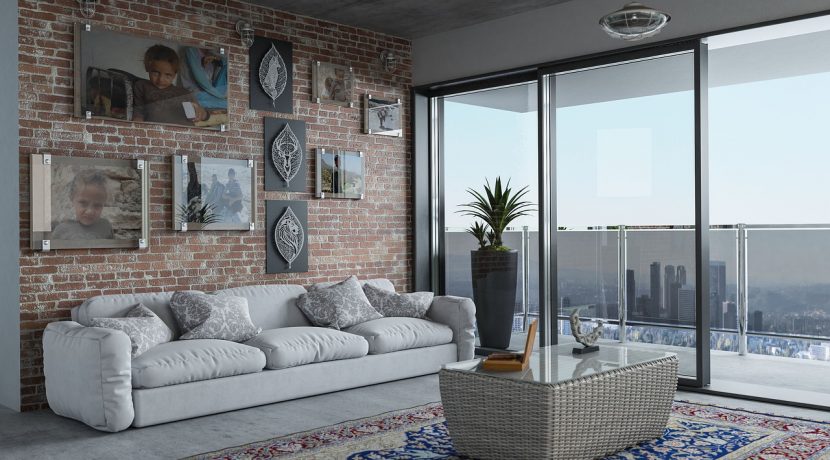6 Wellness Trends Popping Up in Home Design
Wabi-Sabi
Some are calling wabi-sabi the design trend of 2018. The Japanese concept of wabi-sabi celebrates the imperfect beauty of nature, with all of its flaws and blemishes and its natural cycle of birth and death. So instead of expending fretful mental energy trying to make your home perfect from top to bottom why not find the beauty in a lack of symmetry and odd numbers, in unique materials, handmade pottery, worn and aged items and nature?
Hygge
This Danish lifestyle trend celebrates values of home, hearth and family and the coziness and togetherness that bring us comfort and joy. How to acieve hygge? It’s relatively easy: add candles to your home, spend time cuddled up with family, invite friends for dinner and get rid of distracting clutter. The surge in Scandi design and features like faux and real animal furs draped on chairs or couches is a definite hygge-influenced design trend. The Danes are considered the happiest people on the planet, so it’s definitely worth taking a page from their hygge playbook
Cwtch
This Welsh term translates to cuddle and you can see evidence of cwtch in the trend for sprawling comfy couches, throws, pillows and fireplaces which enhance the kind of cozy, cuddly vibe that gives us a sense of well-being.
The KonMari Method
There is no denying, Americans are crazy for purging and storage and much of that desire for order can be traced to the influence of Marie Kondo’s mega-bestseller book The Life-Changing Magic of Tidying Up. And there is no denying that when it comes to wellness, saying goodbye to unnecessary objects, and streamlining your possessions can bring a sense of calm and renewal to your life as well as “sparking joy.” Design can certainly be a way of influencing your state of mind Kondo teaches.
The 72-Hour Cabin
There is no denying that she-sheds, outbuildings, tiny houses and artist studios are popping up in backyards around the country. A need for a room of one’s own, tranquility and a life cut-off from distractions and devices finds its ultimate expression in an innovative project called the 72-Hour Cabin project. In this 2017 study, five subjects with incredibly demanding jobs and high stress levels had their heart rate and other indications of well-being studied after they engaged in what are considered key components of the Swedish lifestyle: solitude, swimming and fishing and contemplating nature from a glass-walled cabin in the wilderness. After 72 hours, participants found a 70 percent decrease in their stress levels. How to bring this trend to your home? Large windows that face views of nature, a commitment to unplugging and reading instead of web surfing and finding opportuntities for exercise and self-care can alleviate stress when a trip to Sweden isn’t in the cards.
Lagom
Another Scandinavian design trend that many see as the Swedish spin on Danish hygge, lagom is rooted in the Swedish idea of “just right.” Lagom is about focusing on needs rather than wants and knowing when you have enough. Rather than blind accumulation, lagom emphasizes buying only the items you need to live. Scientists have found a connection between acquisition and unhappiness and the Swedes are certainly proponents of quality of life over material accumulation and being present in the moment rather than obsessing about what to buy or do next. So create a soft, welcoming space for your family, and feather your nest with comfort, just don’t go overboard and think that it is the things you buy rather than time spent with family that are primary. Part of lagom is decluttering, connecting to nature, whether by bringing plants indoors or capturing the view outside with enormous windows and connecting to those around you every day.
All rights reserved to the inital publisher for HGTV
Collected and published by Arms &McGregor International Realty® editorial team. Get in touch with us at [email protected]

